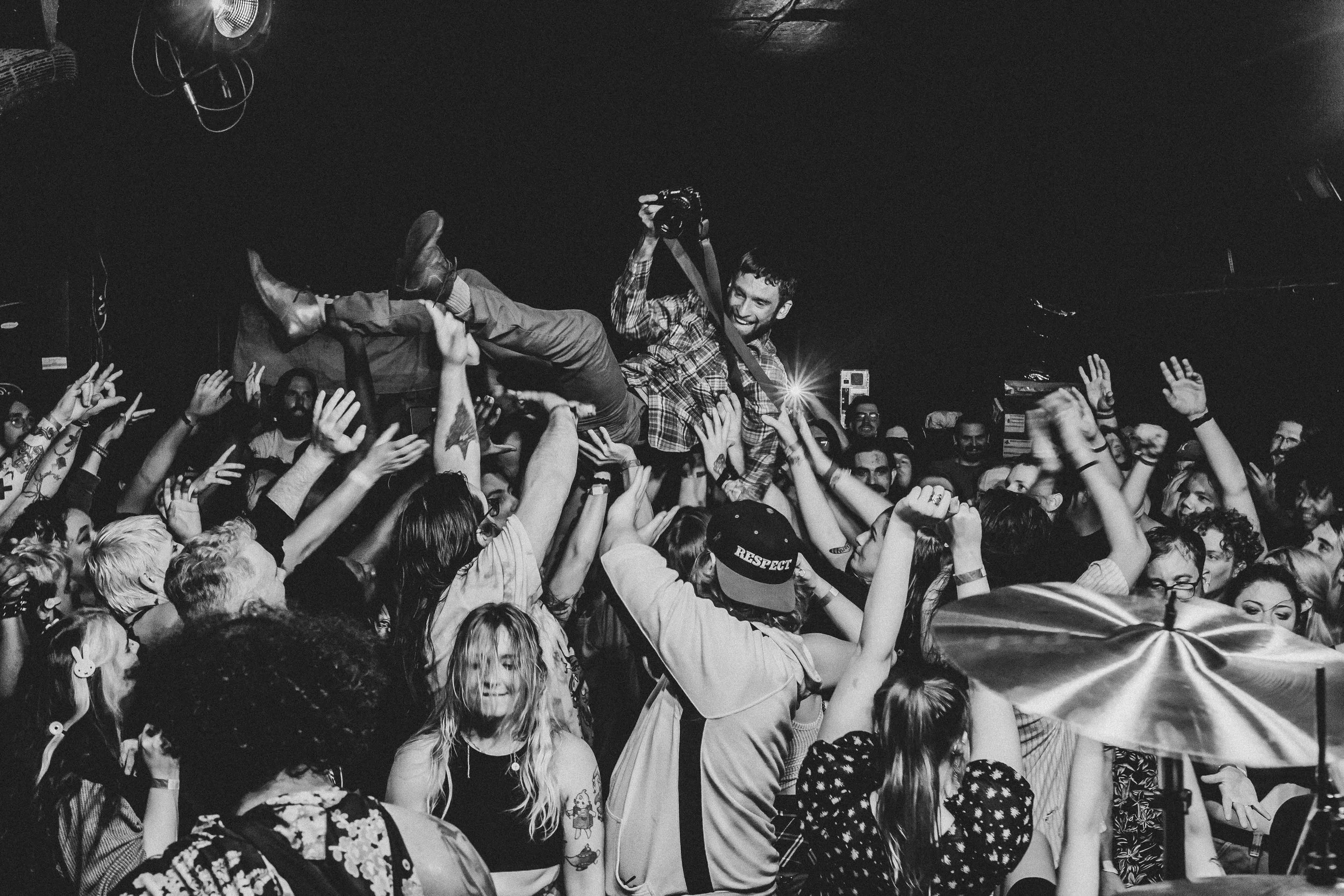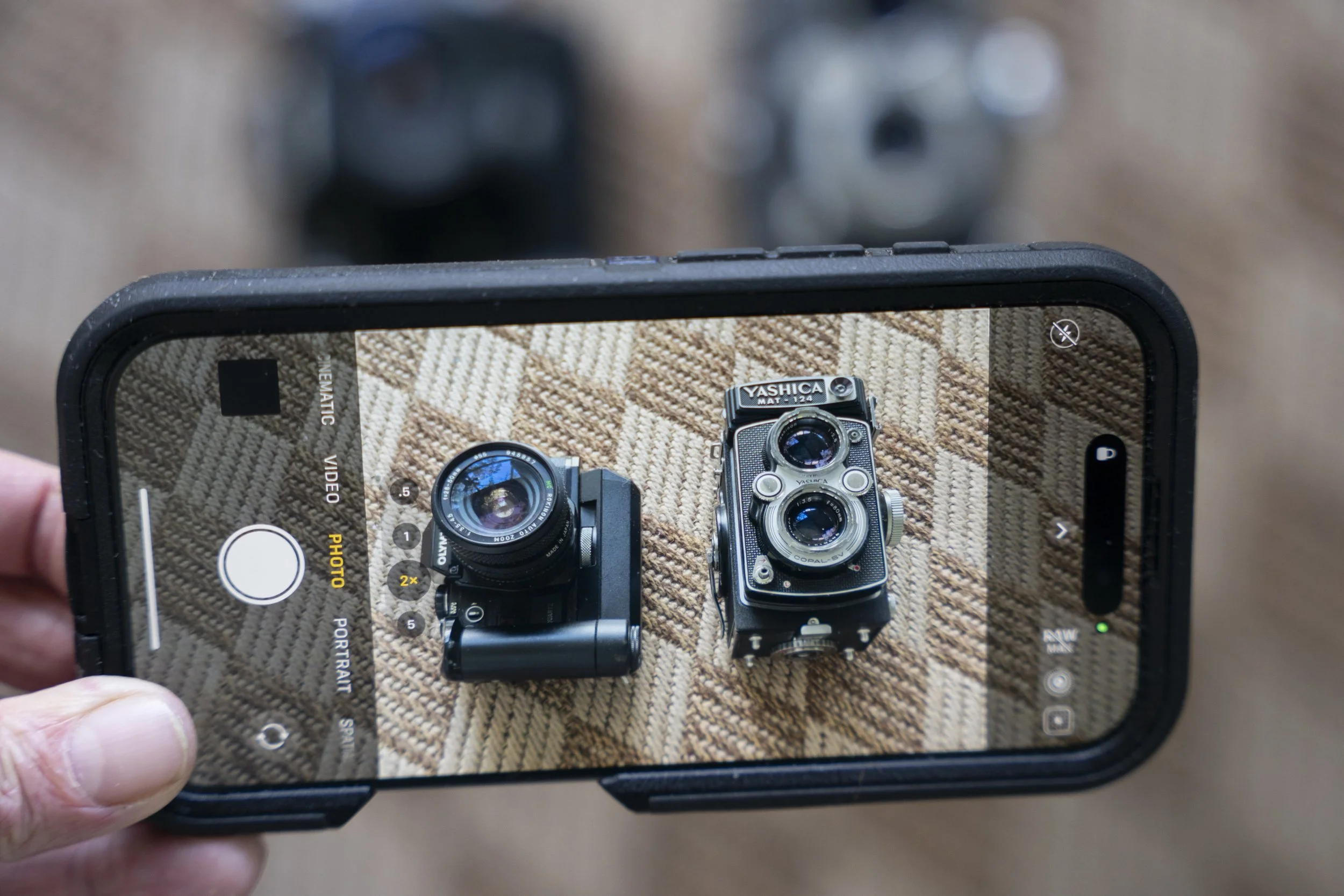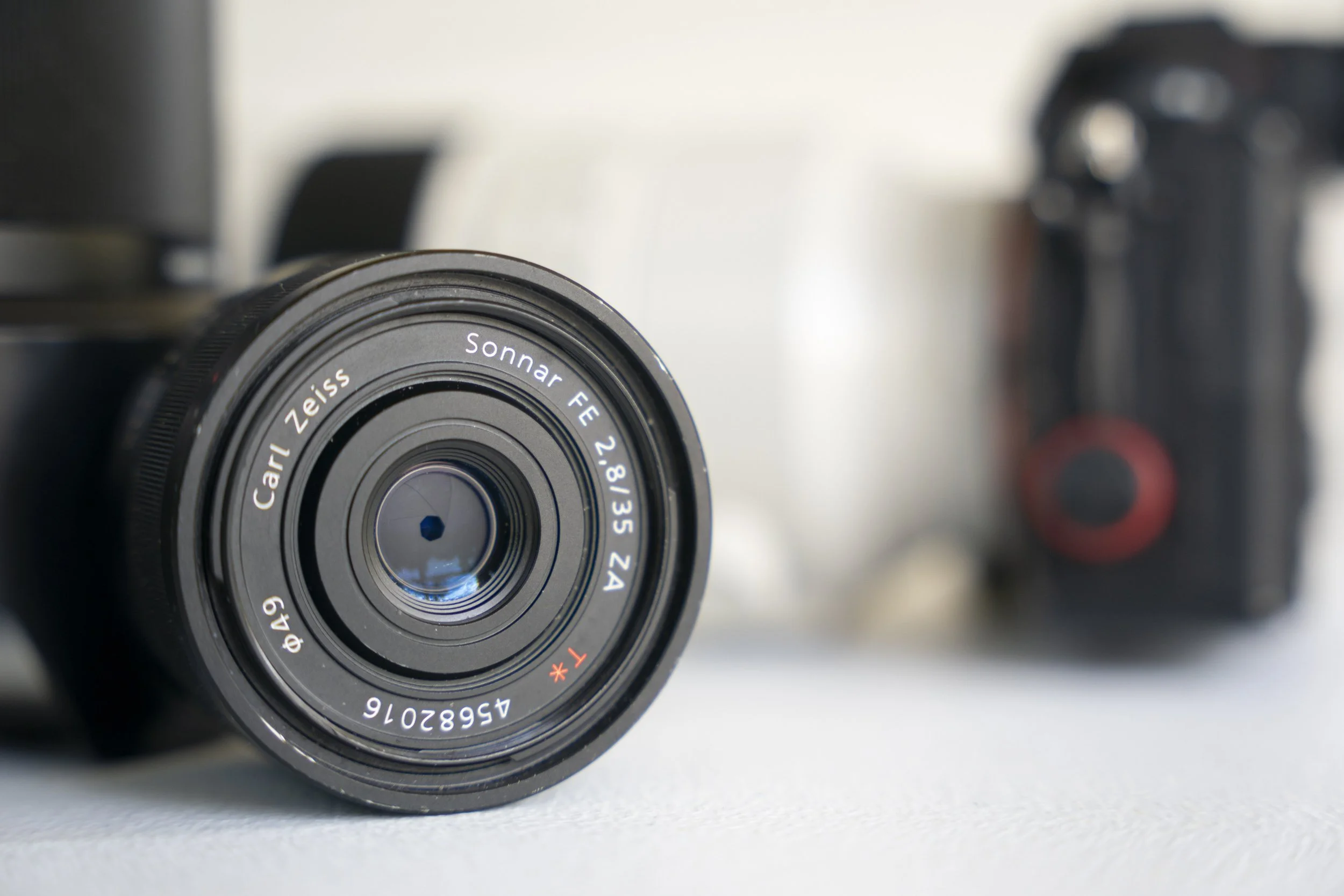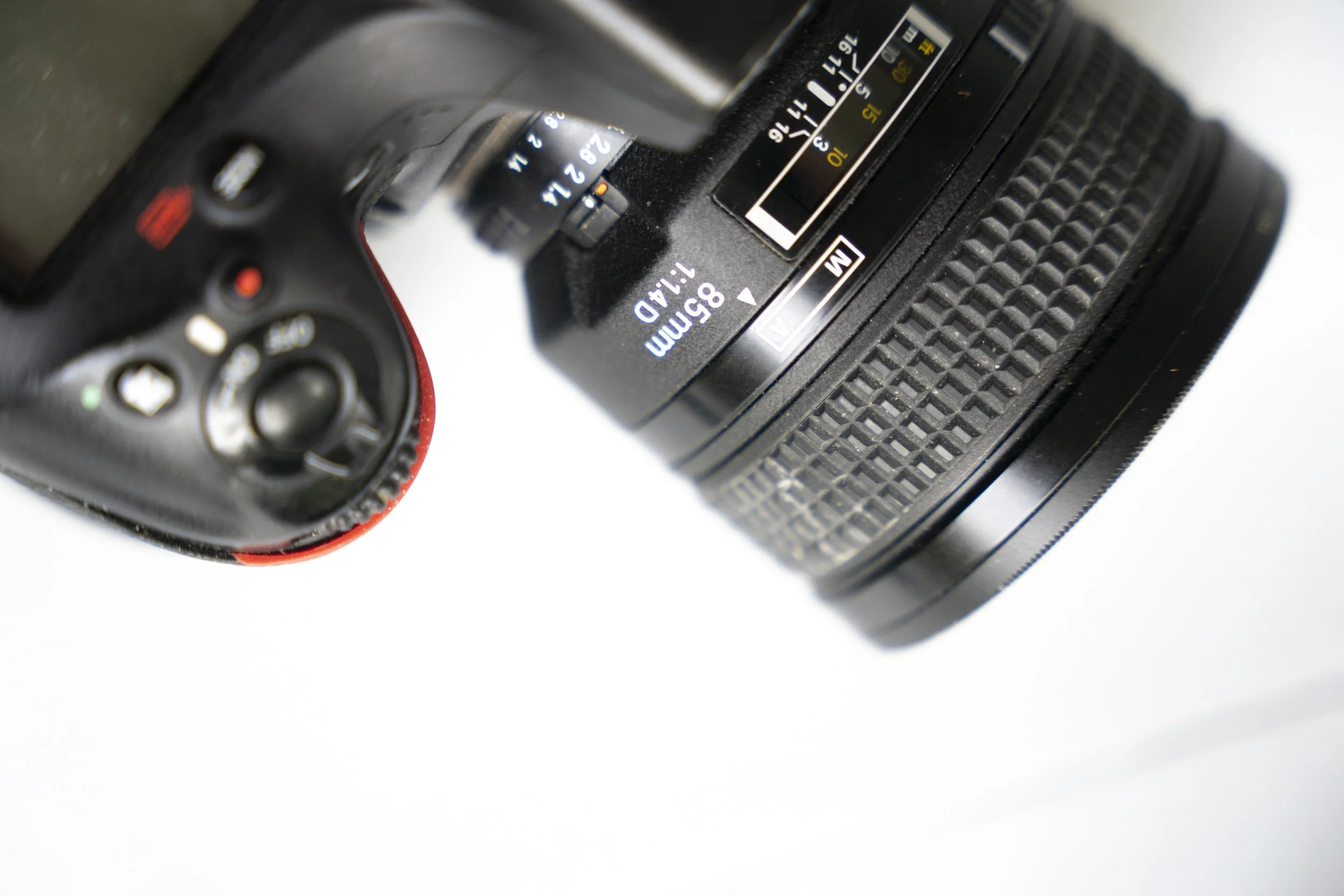Camera Gear For Photojournalists
Buying a new camera can feel overwhelming. There’s a ton of gear out there and most of it isn’t targeted at photojournalists. I’m not going to spoon-feed you the latest camera brands and models but I will help you identify what matters when buying cameras and lenses as a photojournalist.
Smart Phones vs. Traditional Cameras
Traditional, purpose-built cameras have physical buttons and dials designed to fit the human hand for access to these settings. Smartphones are communication devices that can also be great cameras.
If you want to pursue the craft of documentary photography and photojournalism, traditional cameras will give you that creative control.
Used Gear
Photojournalists work in challenging environments and typically put more wear and tear on their gear than other photographers. My gear stops looking new fast and depreciates in value.
I recommend used gear from the major brands like Canon, Nikon and Sony — which offer reliable performance and support. Avoid buying used camera gear from photojournalists. We beat stuff up.
Thousands of folks buy cameras each year and they sit unused on shelves in mint condition. Eventually, a spouse convinces them to sell their “toy.” And thats when you swoop in.
Skip the latest camera models. Let doctors buy them first. Look at cameras that are 2-3 generations old. You’ll get 90% of the camera for 60% of the cost.
A few places you can buy used gear with some quality control: KEH, Greens Camera, B&H and Adorama. I also recommend local camera stores, if your city has one.
Specs Photojournalists care about
Modern cameras have an unending list of specs and there are lots of different types of photography that have different needs.
A full frame camera body is advantageous, but not necessary if your are getting started.
Low light performance: We work with available light and sometimes thats a street light in a small town. How well does the camera perform at iso settings higher than 6400? If a camera doesn’t perform well under low light conditions, you’ll probably want to use flash. This is another ball of wax.
Frames per second: Mirrorless cameras outperform DSLRs here, hands down — but you probably want something with the capability for at least 4 frames a second. This is mainly for sports and breaking news.
Autofocus: this metric is hard to measure but its one of the most important capabilities for photojournalists. Keep in mind though, if you don’t know how to take advantage of the technology you can’t take advantage of the technology.
Most modern cameras have sensors large enough for great image quality. Megapixels are often overrated — except in sports, where extra pixels help crop tighter shots
Lenses for Photojournalists
Lenses are more important purchases than cameras. My lenses typically last more than 5 camera upgrades and retain their value much better. Expect to spend money on lenses. But fear not, they are better investments.
Most kit lenses come bundled with entry level cameras to keep costs down on camera packages. These budget options are typically fragile, slow and soft. There are a few exceptions, but you should avoid most kit lenses. I suggest a prime or a constant-aperture zoom.
The Kit: As a photojournalist you probably want a wide lens, something the range of 20-35 and a normal or telephoto lens. The normal is about 50mm and anything longer is a telephoto. If you can only afford one lens, go for the 35mm or 50mm.
There are two different types of lenses. Primes and zooms. People often mistake the terms zoom and telephoto. Zooms can be wide, normal and/or telephoto lenses.
For example, the standard 24-70mm zoom lens goes from wide to telephoto.
Zoom lenses can change focal lengths. A 50mm prime is stuck at 50mm.
Without diving too deep, zoom lenses of equivalent specs and brands are more expensive and less sharp. But they are more versatile.
I believe prime lenses teach you more about photography. And for beginners, I think that prime lenses are a great route.
It streamlines our decision making and learning process while forcing us to move and explore angles.
And in the process it habitualizes us to work a scene. It teaches us about focal lengths and how far away we need to stand to get the photos we want. A zoom can be used as crutch.
DSLR or Mirrorless?
I used the Nikon DSLR system for almost two decades before switching to Sony mirrorless. Modern DSLRs are still great for still photography but not for video. If you want to do any video, go mirrorless.
Your preference may also largely depend on the physical size of your hands and your shooting style. I’m 5 ft 6 and 140 lbs and carrying around the DSLRs started becoming pretty taxing. I love the smaller quieter, mirrorless systems.
Before you buy a camera, put your hands on the models and see how it fits your hand. Compare. Visit a retail store. Even better yet, visit a local camera store where local photographers work.
You might find a community here. You might find a good deal on some used gear that somebody just unloaded.
What’s in my bag?
My typical kit is two Sony a9ii camera bodies, a 20m f1.8, a 50mm f1.8 and and 70-200 f2.8. These are all native Sony versions. I have a Sigma 24-70mm f2.8 that now serves as a backup, and on rare occasions, as a macro lens.
I’ve always preferred shooting with wide primes over wide zooms. One thing I like about the prime lenses is that they are so much smaller than the zooms… look at the difference between this 35mm 2.8 and a 24-70.
When I’m shooting wide, I like to get close to people and fill the frame. When I have a bulky wide zoom lens on, Its a lot less comfortable for me to make photos of people.
And if we’re not comfortable as photographers, others aren’t comfortable either — and our photos suffer.
When I work in the field I normally carry the two cameras with single regular straps and then wear a belt pouch on my side.
From here, I can add more gear depending on what’s warranted and the physical demands. I photograph a lot of sports and presidential politics so I’ve also acquired longer telephoto lenses like the 200-600 and a 300 mm. The 200-600 is really versatile for outdoor daytime sports, especially on big fields.
The 300 is the nicest lens I’ve ever owned. It’s not the most versatile lens I’ve ever owned— but it performs like no other. It’s used car expensive but I found it at a price I couldn’t pass up.
But if you’re just starting out, you don’t need any of this. There are so many options that give you a great opportunity to become a great photojournalist. There's a lot to photojournalism outside of photos and gear.
See this in video form: Camera Gear for Photojournalists
About the author: Sean Rayford is a South Carolina photojournalist — covering the state and the region since 1997. Here are some of his favorite photo stories published here on SodaCitizen.





